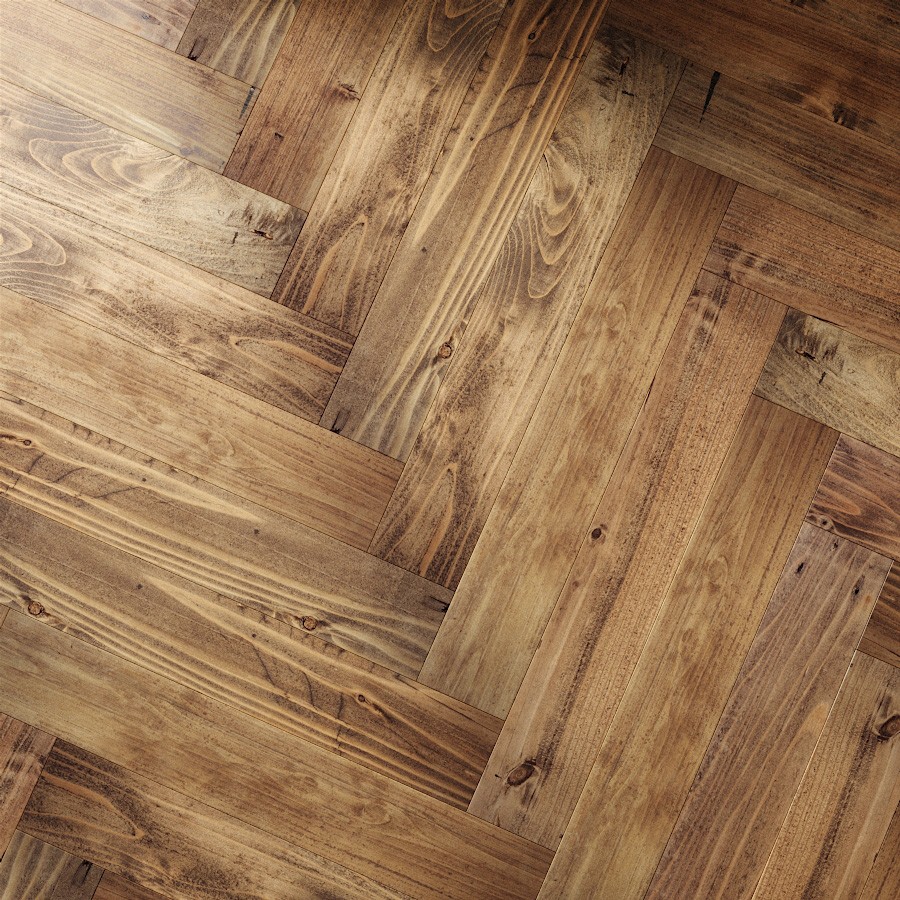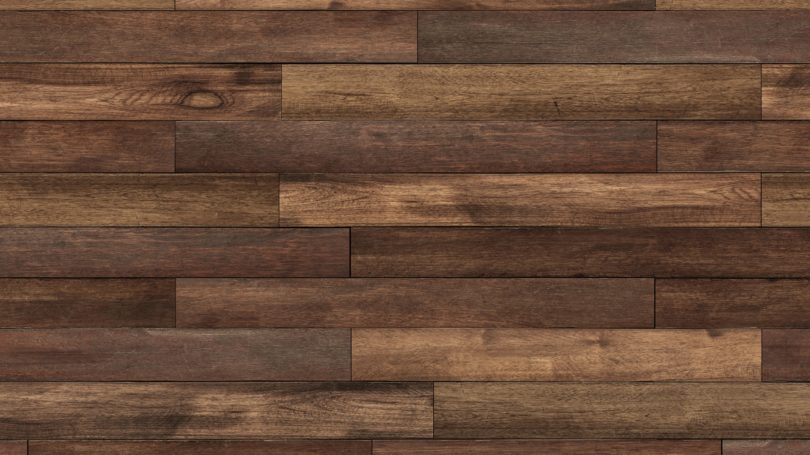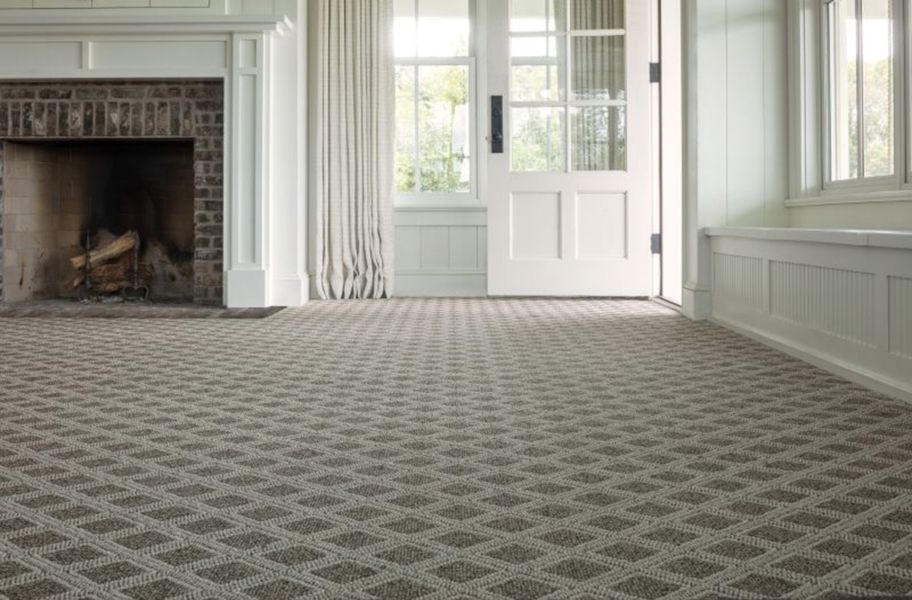What type of flooring can be used with underfloor heating
 Underfloor heating for houses in Australia is an increasingly attractive choice as it increases the value of your property. Underfloor heating uses heat radiation to create a warm and comfortable home atmosphere instead of the traditional convection-based heating systems. Of course given that the heat radiates through the floor, it is necessary to weigh which form of flooring is the best option. Different materials and various finishes, depending on their thermal conductivity, can yield different results.
Underfloor heating for houses in Australia is an increasingly attractive choice as it increases the value of your property. Underfloor heating uses heat radiation to create a warm and comfortable home atmosphere instead of the traditional convection-based heating systems. Of course given that the heat radiates through the floor, it is necessary to weigh which form of flooring is the best option. Different materials and various finishes, depending on their thermal conductivity, can yield different results.
This is a popular choice for renovators, but many do not continue with these options because of misconceptions about high costs and installation difficulties. Fortunately, it isn’t as complicated as one might assume.
With technology being more available and affordable, once the colder months set in, underfloor heating is a smart way to remain comfortable. Just make sure you hire a floor heating professional to do the job for you and pick the type of underfloor heating that suits your home best.
What type of flooring should you use with underfloor heating?
Flooring with good conductivity is the best flooring for underfloor heating, as it heats up faster, produces more heat output, and runs more efficiently. This does not mean, however, that underfloor heating should not be used on less conductive materials and that systems with nearly any floor finish are available for use.
Laminate Flooring
This synthetic floor simulates wood and provides a floor finish that is resistant to stain and scratch. It is easy to install and a cost-effective solution. Most laminates are ideal for underfloor heating use, but before installing the system, it is advisable to verify with the flooring manufacturer.
Tile / Stone Flooring
Tile and stone are the best sort of flooring to use for underfloor heating. Tile and stone have high thermal conductivity, which ensures that the heat passes to the floor surface easily from an underfloor heating pipe or cable. Tile and stone also maintain heat to efficiently make the system efficient. Tile and stone are suitable for use with underfloor heating in high heat loss areas such as sunrooms because of the outstanding thermal properties. It is possible to heat them up to 29°C or more.
The thickness of the tile and stone has little effect on the heat output, but if you are looking for a highly sensitive device, it raises the heat up time a little so that sticking to a maximum thickness of 3/4 is suggested.
Timber Flooring
There are different thermal properties for different types of wood flooring, as there are variations in their suitability for use with floor heating systems. The denser and thinner the floorboards are the better they conduct heat and are usually more fitting for underfloor heating use.
The best kind of wood flooring to use with a floor heating system is engineered timber, as it works well with changes in floor temperature. Other wood flooring can also be used, but the thickness of floorboards must be paid attention to with lighter and less solid wood, so that the floorboards do not act as an insulator that blocks the heat. The floor surface temperature must not exceed 30°C as a general rule for wood flooring.
Floor heating changes the wood's moisture content, so you should choose wood flooring that can respond to changes in floor temperatures without altering the floor's appearance. With floor heating, kiln-dried wood seems to work best, but always verify with the flooring manufacturer for suitability for underfloor heating use.
Get free quotes in minutes.
Get quotes from our qualified and licensed tradies Australia wide.
Vinyl Flooring
Vinyl flooring can be safely used with underfloor heating. Vinyl instantly heats up and cools down. Vinyl floors are subject to a temperature restriction ceiling of normally 27°C, restricting the heat output. They are not recommended for high heat loss areas such as older sunrooms.
Rubber Flooring
Rubber is another good option for underfloor heating. Usually solid rubber flooring is very conductive, so it heats up easily and provides high heat output. Always consult the manufacturer to ensure suitability for use with underfloor heating.
Carpet Flooring
Carpet flooring can only be considered as an option if it does not block the heat. If you intend to opt for a carpet, it is necessary to check the thickness of the carpet with the manufacturer and the most suitable underlay. You need to bear in mind that inefficient heating can result from something with a high thermal resistance.
Get free quotes in minutes.
Get quotes from our qualified and licensed tradies Australia wide.
What is the flooring material’s impact on heat output?
The choice of flooring affects the maximum heat output of the system as certain floor finishes have a top temperature restriction, limiting the maximum heat output. A system's heat production is based on the total heated floor area and the temperatures of the air and floor. By modifying any of these three variables, heat production is affected. As the room size and comfort air temperature are already pretty much set, the floor type is typically the easiest to adjust or change.
However, It is important to make sure that the heat production from the floor is greater than the room's heat loss number.
What are the types of underfloor heating?
In-slab heating
In-slab heating is installed as it is poured into a concrete slab. It is the slowest to heat because before the heat is transferred to the tiles or concrete, it needs to warm up the slab first.
In-screed heating
The thin layer of concrete poured over a slab is a screed. In-screed coils for underfloor heating are built into the screed. In-screed heating, with less concrete to heat, warms the floor more rapidly than in-slab heating.
Under-tile / Under-carpet heating
This is the easiest to install. Mats with very thin coils embedded in them are the heating units. Although larger systems can require professional installation, some heating mats can be laid under a rug and plugged into the wall.
Which underfloor heating to choose?
- You can have either in-screed or under-tile floor heating if you're renovating your bathroom and removing tiles.
- For wood floors, underfloor heating is available, but installers can specify which timbers are suitable for underfloor heating, and to accommodate shrinkage and expansion how the timber must be laid.
- Underfloor heating can maintain toasty warm natural stone and tiled floors. In order to reach the target temperature, thicker floors will take longer, but once heated, they will maintain their temperature.
Get free quotes in minutes.
Get quotes from our qualified and licensed tradies Australia wide.
We provide thousands of Service.com.au users with various businesses everyday, ranging from interior design to carpenters and floor heating professionals. Simply search for tradesmen in your area and select the business that suits your needs.
Either call them directly for a free quote, post your own job to receive multiple quotes from your local tradesperson or simply call our office directly, and our friendly staff will be more than happy to help select the perfect business to suit your needs.
If you're needing help finding a floor heating professional for your latest floor renovation, click the link below to receive multiple quotes from floor heating professionals. Go on, you know you want to.
Get free quotes in minutes.
Get quotes from our qualified and licensed tradies Australia wide.





